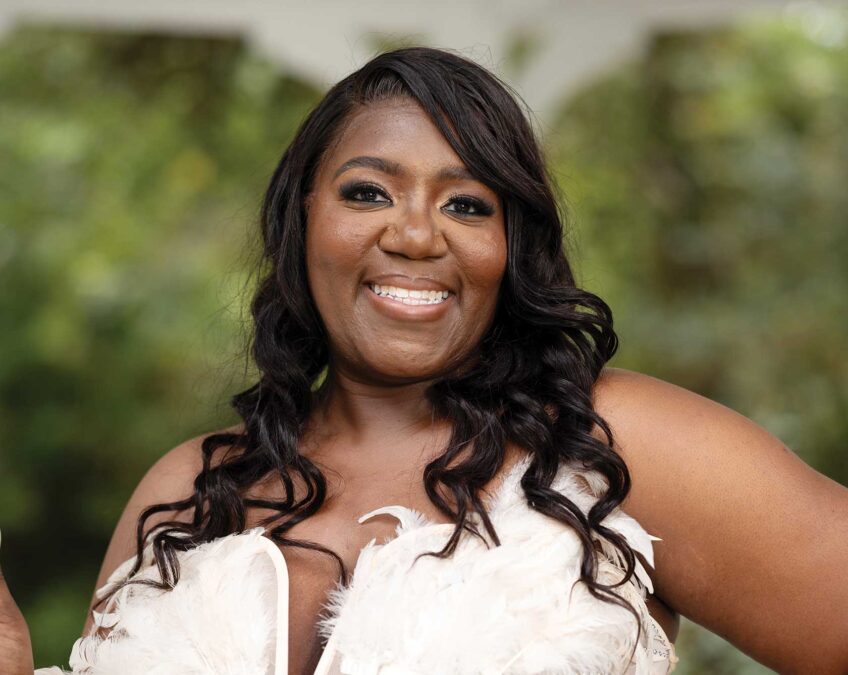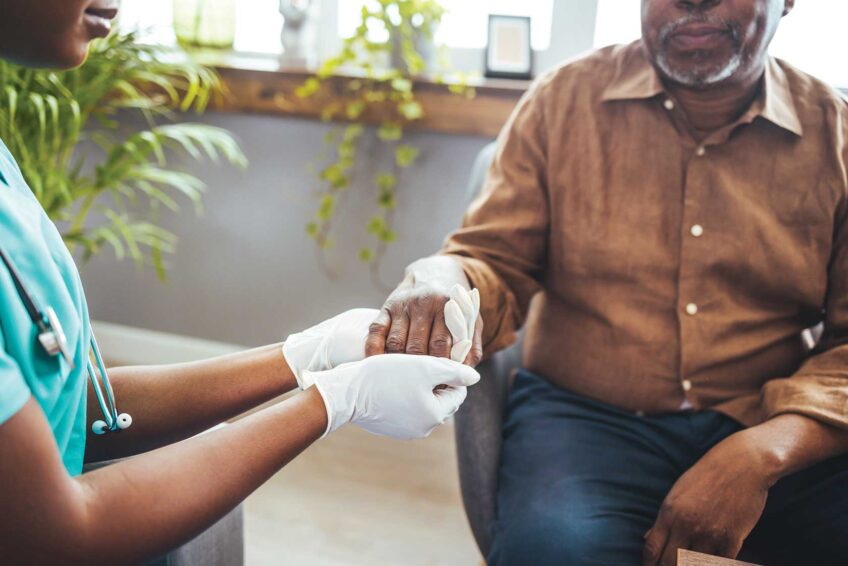The transition to adult care: A big step for those with sickle cell disease

The transition period is a turning point for young people with sickle cell disease. It’s hard enough for adolescents to begin to assume the mantle of adulthood. For those with SCD, the task is even more challenging. As parents or caregivers relinquish control, the individual must find ways to maneuver through the health care system and manage college, jobs and eventually families of their own.
The transition period generally extends from age 14 to 22 but may be longer. It can be difficult, and is associated with increased complications and mortality, according to a study published in the journal Pediatric Blood & Cancer.
It might have been a challenge for Mikeia Green, 27, but she is succeeding.
The Green family owes thanks to the Black Panther Party. For many people the Party conjures up pictures of berets and fists held high in defiance. But not the Greens. The Party provided community education and its own national screening program for SCD. Mikeia tested positive.
Green said she remembers one of her first hospitalizations for vaso-occlusion, referred to as a pain crisis. She was five years old at the time and in preschool. The only bright side to her hospitalization was a birthday party hosted by the Make-A-Wish Foundation.
School proved to be an outlet. It was one of the few places where she did not feel isolated or different from peers. She told very few about her disease, but her condition came to light after a two-month stay in the hospital. Green was greeted with cards from her classmates and a welcome back party on her return.
She knew her triggers well — stress, extreme temperature, over-exertion, dehydration, but admitted that she did not always control them. “I did not fully grasp the situation as a child,” Mikeia explained. “I didn’t want to be the only kid on the sideline. There were times I went against my better judgment.” In high school, however, she became more mindful of her triggers and set boundaries.
It was that bridge between adolescence and college that proved to be her biggest challenge. The family had moved to Arizona when she was a child, but Green chose to attend college back in California — miles away from the support and assistance of her family. She had made the decision that SCD would not control her life.
The transition began before she left. She found a pediatrician in California; she contacted the university’s Office of Disability Center. She researched resources and reached out to the California Sickle Cell Disease Foundation.
Armed with a month’s supply of her medication, Green entered college. Her resident assistant and professors were advised of her condition. A plan for hospital admission if necessary was developed. A single room occupancy allowed her to design a space to minimize stress and control temperature for her comfort.
The mental challenge proved to be the most troubling. She admits that at times depression got the better of her. Fear of failing loomed large. “I didn’t know what college would look like and if I could finish,” she said.
But she did. Green completed an undergraduate degree in biology. She is now a first-year medical student at University of California Davis with plans to be a community-based primary care physician. She admitted that having sickle cell disease was the impetus behind her decision.
Her condition is controlled, but she realizes that the challenges will continue. “It’s difficult not knowing what’s to come,” she said. And working through the trauma of a chronic disease, but Green is not retreating.
She offers advice to others: “Your life is worth living, even with sickle cell disease.”







